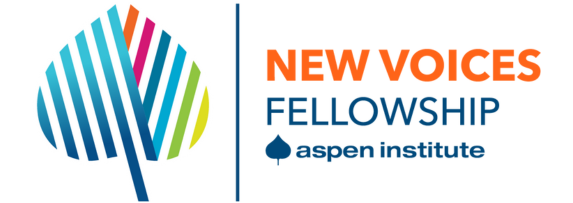Recently, the European Union put out a call for funding proposals to support civil society in the ‘protection and promotion of human rights and fundamental freedoms worldwide.’ It may not seem like it on the surface, but this is an example of the problem with philanthropy today.
Philanthropy is bigger than ever right now, and Inside Philanthropy reports that we are in the ‘golden philanthropic years.’ Forbes reports that in 2017, the most recent year that data is available, $12.6 billion was given to charity, as compared to $12.2 dollars in 2016 from top ten givers.
Yet, I, like, Deepmala Mahla of CARE, question the manner in which the process of philanthropy is made. She says, ‘Aid works but not in the cookie cutter solutions’.
The cookie cutter analogy comes from a premise of witnessing the manner in which philanthropy continues to make resources for aid. The funding organisations are too often guided by own interests and goals and shrouded with hidden agendas. These agendas often not recognising how vulnerable communities have evolved to create mechanism of self-governing, organising and resourcing towards social impact.
The recent EU call for funding proposals is a classic example of how philanthropy has not ceded decision-making to communities of practice. The EU excluded local, indigenous, activist led peer grant making communities in the call. Instead assumed an approach that those who would be awarded the kitty of up to a total of $22 million would automatically have the capacity to absorb such grants.
The reality is, many of the organisations that need funds the most aren’t in that kind of position. Equaldex, a collaborative LGBTI site, reports that 73 countries -mostly in the Middle East, Africa and Asia – criminalize same sex relationships which has led to poor movement building, eviction, arbitrary arrest, prosecution as well as forceful closure. Consequently, most of the institutions in these countries would hardly be eligible to have the capacity to absorb EU funds due to inexistent or unstable structures. Of note is that these very regions have been flagged among those whose civil space is reducingwith introduction to tougher legislation and control of human rights organisations by the state.
Paradoxically vulnerable populations have found better and meaningful ways of organising through the development of strong participatory peer-led community grant-making mechanisms. These institutions bring certain uniqueness in grant absorption in that they are led by communities which are part of and have lived these experiences. These institutions have a better understanding in areas of priority. It is in these existing structures that social capital has been built through alliances and collaborations which address the disintegrated way aid is resourced to institutions focusing on singular issues, instead of addressing human rights holistically from a gender, race, economic, social, sexual orientation, age, disability, geographical, ethnicity, cultural and political abilities. These institutions also recognise that core support is integral in movement building due to the flexible approach to grant making.
Darren Walker, the President of Ford Foundation, is among the few philanthropic leaders who agree with the power of community led grant making. In his commencement speech at John Hopkins University, Walker said, ‘There is no better defender of the vulnerable than civil society: committed, compassionate, engaged citizens organizing themselves — and mobilizing others — to work on behalf of others. Such self-organizing and mobilization are central to disrupting inequality’.
Indeed, people who are impacted by those injustices are better placed to be decision makers and leaders. UHAI- EASHRI, ISDAO, International Trans Fund, Red Umbrella Fund are among institutions that have so far revolutionized grassroot movements towards realizing the rights of the LGBTQI and sex workers.
Aid should no longer be about giving but also about taking stock of how the resources can be maximised effectively and efficiently towards social, economic, racial, civil and human rights attainment. It is time for to be more transparent, inclusive and cognizant of the power of community led grant making structures

